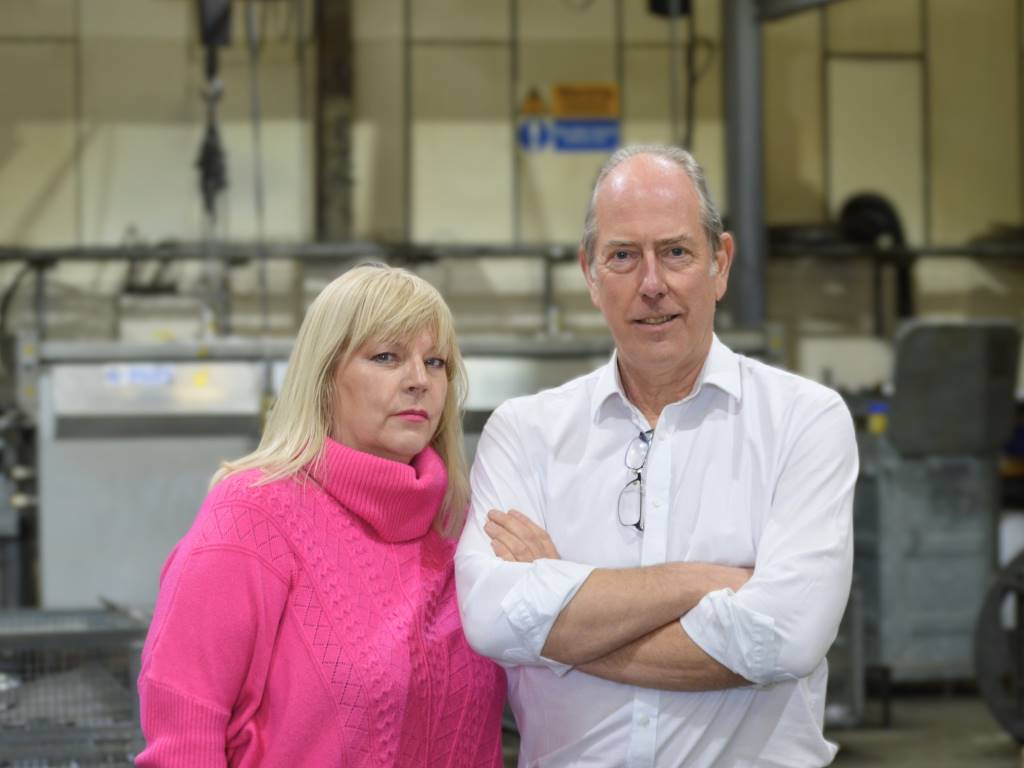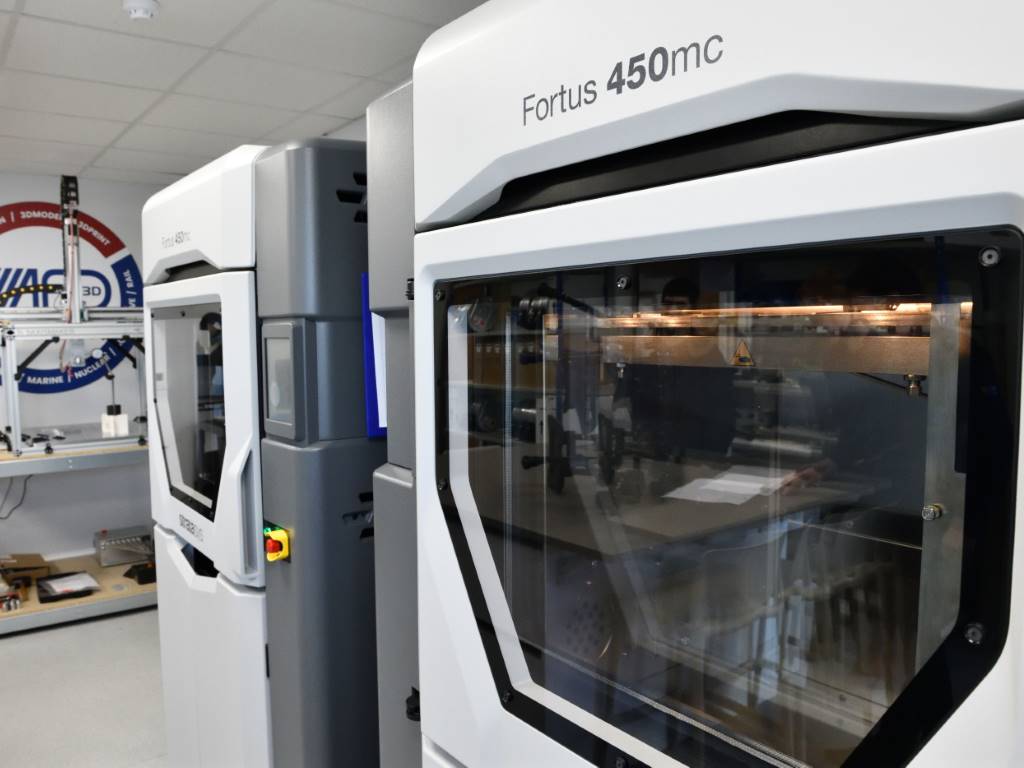Precise workholding for soft and exotic metals
Comprising Oxford Engineering and Hutton Precision Engineering in the UK, along with Oxford Engineering Estonia, the Oxford Engineering Group provides a comprehensive range of precision machining, welding, assembly and testing resource to a global customer base.
Demanding sectors served by the Group include the medical, semiconductor, oil and gas, nuclear and aerospace industries. Due to the exacting standards of the components it manufactures and the nature of the challenging materials it machines, including Inconel and titanium, the Oxford Engineering Group employs a wide range of machine tools, including the two Doosan MX machines recently installed in its Bicester-based Hutton Precision Engineering division.
To ensure that the new machines produce the required volumes of high precision parts a stamping unit, 24 Makro-grip 5-axis vices and a wide range of vice jaws were recently purchased from Lang Technik UK.
Hutton Engineering workshop manager, Wayne Bosher explains: “The efficient machining of our precision parts with less set-ups, fewer machining operations and reduced cycle times were our ultimate aims when we searched for the two CNC turning and milling centres. We found the answer to our needs in a Doosan MX2600ST and a Doosan MX2600.
“Although the new machines are high-yield, we were also aware of the reputation of Lang Technik’s products and were convinced that the use of the company’s workholding systems would further improve productivity levels and also deliver a range of advantages related to securely holding exotic metals when machined under heavy loads.
“Using two Doosan MX machines means we have increased our ability to carry out turning and milling work on complex parts and to produce fully finished parts on a single machine. The use of Lang’s workholding on our new machines gives us the ability to securely hold workpieces made from the softest of materials, to the hardest exotics under all machining conditions. In addition, the new workholding has increased our efficiency levels as its quick set-up times have minimised machine downtimes.
“Through the use of the Lang Technik stamping unit, before inserting a workpiece blank into a Makro-grip 5-axis vice, we are able to make precise indentations into it. As the projections on the jaws of the new vices engage precisely with the pre-stamped indents, we are able to achieve maximum workpiece holding power with the bonus of only needing to apply minimal clamping forces. Now – as the purpose of the Makro-grip vices is to simply hold the workpiece with minimum pressure applied – we are able to hold both soft and hard materials without fear of deformation or other problems.”
Lang Technik’s pre-stamping technology, in conjunction with the company’s Makro Grip 5-axis vices, differs fundamentally from clamping methodologies of other workholding manufacturers and is considered particularly beneficial for 5-axis machining.
The serrated jaws of conventional vices must fulfil two separate functions: in addition to indenting the workpiece’s material, they must also securely hold the workpiece. As conventional vices are only able to exert a maximum pressure of approximately 4-6 tons, the effective penetration of their serrated jaws into workpiece materials represents a real challenge, especially when clamping harder materials.
To ensure that the workpiece is penetrated correctly, the teeth of a conventional vice’s serrated jaws must be sharp to remain effective. As these teeth are subjected to high levels of wear, their clamping ability is liable to decline. Also, when using conventional vices during the machining of soft, distortion prone materials, the jaw’s teeth also tend to lose their holding power as they are inclined to work free of the workpiece when under machining forces.
The use of Lang’s stamping technology overcomes these problems by applying up to 20 tons of pressure during pre-stamping, ensuring the creation of precise indentations, even when this procedure is carried-out on hard materials of up to 1.500 N/mm² tensile strength.
Following pre-stamping, only low clamping pressure is required to hold a workpiece securely as the teeth of the 5-axis vice engage precisely with the pre-stamped indents, allowing a relatively compact vice design and the elimination of clamping teeth wear. In addition to securely holding the workpiece in the vice under the most severe machining conditions, the truncated pyramid shapes of the pre-stamped indents prevent the clamping teeth from impacting deeper into the workpiece by providing a defined penetration limit.
The use of this pre-stamping technology and Makro Grip 5-axis vices has a major advantage when conventional machine vices reach their limits in terms of material hardness. Despite the application of low clamping pressure, the clamping forces exerted on a workpiece in a Makro Grip vice actually become higher the harder and more resistant the material being machined is. Also, as workpieces are prepared outside of the machine tool downtime is considerably reduced.
The success of the new workholding system means that it has now been rolled out across all of Hutton Engineering’s main milling machines. In addition, Hutton’s sister company Oxford Engineering also uses the Lang system on its medium sized machines. This helps with the interchangeability of parts between the companies and provides additional capability to respond to changing levels in customer demand.
Lang Technik
https://lang-technik.co.uk














